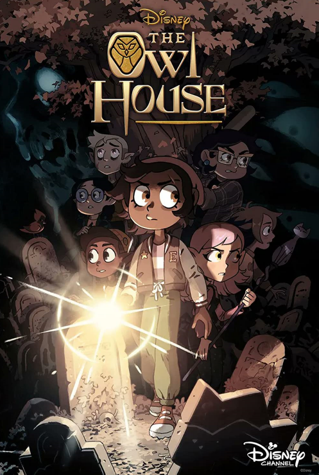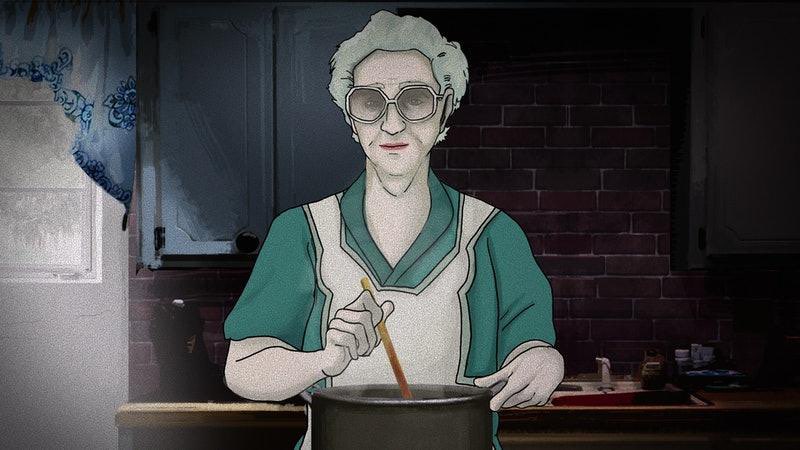By Max Kyburz
I doubt that the first person to say ‘whatever makes you happy’ had characters from Gummo in mind; the outlets used for happiness in this film would make any bystander shudder.
Thirteen years after it was released in 1997, Harmony Korine’s controversial indie-cult classic continues to repulse and impress with its decadent yet refined nature. Domestic pimps, chair-wrestling skateboarders, politically incorrect Elmer Fudds, eyebrow shavers, cat killers, preteen embezzlers, etc., Gummo has them all. But Korine does not see them all in one light. He does not exploit their conditions, nor does he mock their abnormalities. Rather, Korine sees all of his characters as multi-dimensional human beings as opposed to cheap stereotypes.
Gummo takes place in Xenia, Ohio, which suffered a tornado in the mid ’70s. Xenia is a film setting that is memorable, but not for its glamour (houses that look more like landfills, with bathtub water from the Cold War era). The devastated class landscape sticks like a leech on the middle of your back, and becomes a manifestation of the bleak precedent set by Mother Nature’s wrath. Some parts have been cleaned up, but the minds of many of the occupants remain damaged. Xenia is last in line, alphabetically and whatever else that may apply.
To explain the summary of Gummo is no easy task; in fact, it’s best to list it as an outline (which, for the sake of spoilers, I won’t do). In short, the film simply portrays Midwest hick-types in their dead-end town. It is devoid of typical film structure, which only adds to the realism of the film. Is it fair to mold our lives to fit chronological narrative? It’s more appropriate to simply describe the film as a test. Until you endure the process, you cannot fully understand why everything occurs.
Korine’s choice to score Gummo with heavy metal music may put off some viewers (if nothing else will), but it’s the cathartic release of the songs that encompass the aggression felt by the characters. Of all major pop culture figures, Korine seems to be the only one who takes the genre seriously. The music is not employed for ironic value; Korine understands the appeal of heavy metal and why people worship it. For those who have pent-up aggravation, it’s a secure source of freedom. It’s why the inhabitants of Xenia’s twisted world wear Slayer patches on their vests to cover their Krokus t-shirts.
The pivotal scene in Gummo features Korine himself, in full wino form, drinking beer and having a heart-to-heart with a dwarf. Though his speech is swampy, he tries to let out his feelings and awkwardly embraces the dwarf. This scene displays exactly what Korine is doing with the film; he embraces the modern day lepers, harlots and blasphemers. What comes out is bizarre, and he falters in clearly getting his point across, but to read between the lines is the key to understanding what is most important. To be human, to be individual, to accept others for who they are – these principles are what make Gummo a more wholesome film than it lets on.
There are reprehensible moments (and mullets) aplenty in Gummo, and the characters’ behavior is of no merit. There’s enough animal cruelty and mercy euthanasia to turn smiles upside down. And yet, there are some oddly beautiful moments in the film, because in the end, Gummo is about people attempting to achieve happiness within their dead-end town. Whether it’s the scene with Korine and the dwarf, or the one in which three sisters affectionately bathe their cat, or the one in which Jacob Reynolds (the weird looking kid on the poster) lifts utensils as weights, there are moments that may make you smirk in delight. As the masterful closing montage set to Roy Orbison’s ‘Crying’ indicates, some will find bliss, others may not be so lucky. Whether they will find their rapture is unknown.
Harmony Korine, certainly one of the strangest figures in independent cinema (watch his Letterman interviews on YouTube), was 24 years old when he made Gummo. After scoring big with critics for Kids (which he wrote; it was directed by the far creepier Larry Clark), he directed Gummo as his first feature. While his attempts since have been notable (his most recent film, Trash Humpers, was shot on videocassette), he has yet to capture the surrealistic beauty of his debut. Unafraid to defy convention, Korine created the film out of dismay at the progression of film since its birth. Not surprisingly, Gummo was neither a critical nor commercial success, but has since developed a devout following, attracting attention from the likes of Werner Herzog and Gus Van Sant. You will certainly be charmed by some parts and disturbed by others, so if you’re looking for a change of pace, Gummo is worth your attention.










